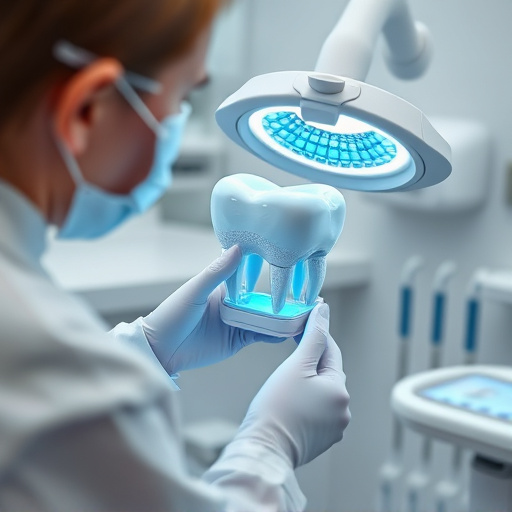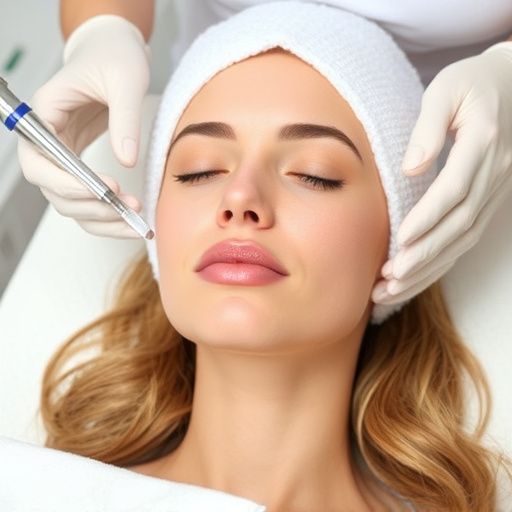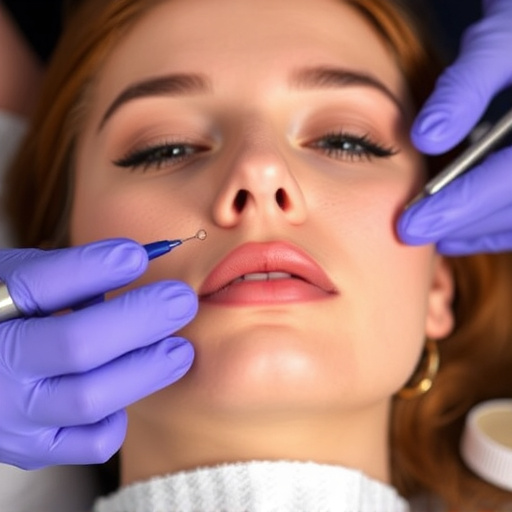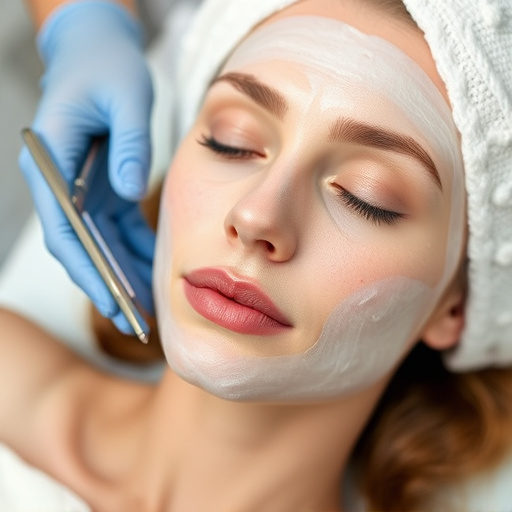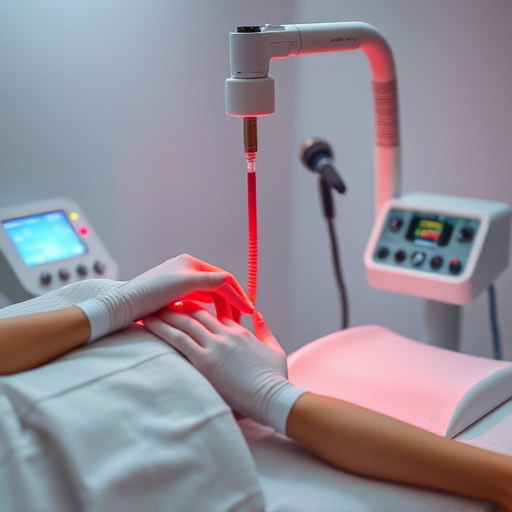Hyperpigmentation treatment addresses dark skin patches caused by sun exposure, inflammation, injuries, and medical conditions. Options range from over-the-counter creams with hydroquinone, retinoids, or Vitamin C to professional treatments like chemical peels, microdermabrasion, laser therapy, and IPL for all skin types, catering to personalized needs based on severity.
“Uneven skin tone and dark spots can be a common concern, but with the right approach, managing hyperpigmentation is achievable. This comprehensive guide explores effective hyperpigmentation treatment options tailored for diverse skin types, ensuring safety and positive results. We delve into the causes and various types of this condition, offering insights that empower individuals to make informed choices. Additionally, targeted strategies for pigment lightening are discussed, providing a roadmap to a more even and radiant complexion.”
- Understanding Hyperpigmentation: Causes and Types
- Safe Treatment Options for Different Skin Complexions
- Targeted Approaches for Effective Pigment Lightening
Understanding Hyperpigmentation: Causes and Types

Hyperpigmentation is a common skin concern characterized by dark patches or spots that appear on the surface of the skin. These discolored areas can be caused by various factors, leading to different types of hyperpigmentation. One of the most prevalent causes is sun exposure, where ultraviolet (UV) radiation damages skin cells and triggers the overproduction of melanin, resulting in sunspots or age spots. This type is often seen in fair-skinned individuals who spend significant time outdoors without protection.
Additionally, hyperpigmentation can arise from inflammation, injuries, or certain medical conditions. Post-inflammatory hyperpigmentation occurs after an inflammatory event like acne, eczema, or a skin injury, leading to darkening of the affected area. Genetic predisposition also plays a role, with some individuals being more susceptible to developing melasma, often referred to as the “mask of pregnancy,” during hormonal fluctuations. Understanding these causes and types is crucial when addressing hyperpigmentation, as it guides the selection of appropriate treatments, including professional skincare routines and procedures like microneedling therapy for effective skin rejuvenation.
Safe Treatment Options for Different Skin Complexions
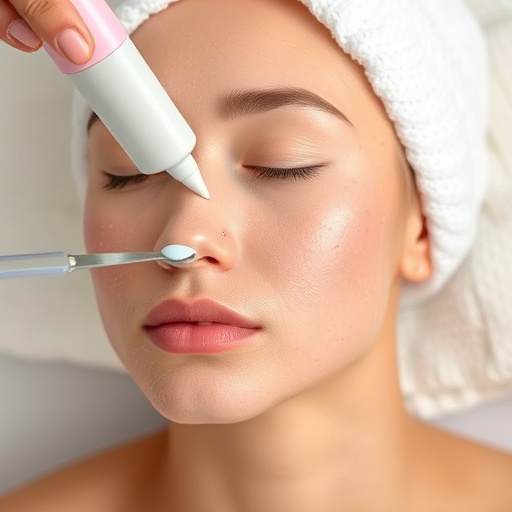
When it comes to addressing hyperpigmentation safely, there are diverse treatment options tailored for various skin types and tones. For those with sensitive skin, topical treatments like hydroquinone, a common hyperpigmentation medication, might be avoided due to potential irritation. Instead, chemical peels or microdermabrasion can be gentle yet effective alternatives. These procedures use mild acids or specialized crystals to exfoliate the top layer of skin, reducing the appearance of dark spots over time.
For those with deeper or more stubborn hyperpigmentation, targeted therapies like laser treatments or intense pulsed light (IPL) therapy offer promising results. While these techniques may be more intense than gentle exfoliating methods, they precisely target melanin production, making them suitable for many skin types—including darker complexions. Additionally, topical anti-aging treatments with retinol or vitamin C can help brighten the skin and even out complexion over time, addressing hyperpigmentation from multiple angles.
Targeted Approaches for Effective Pigment Lightening
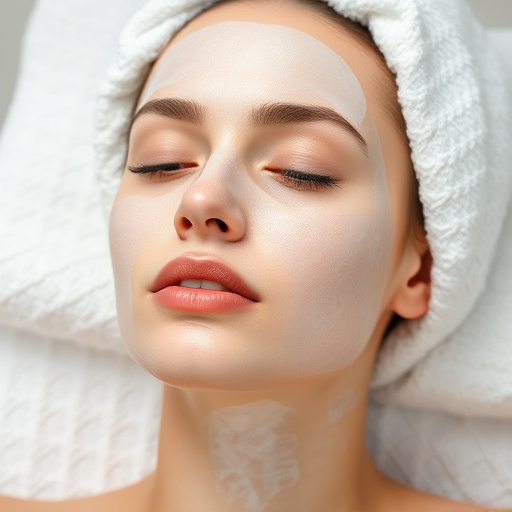
Addressing hyperpigmentation requires a tailored approach depending on your skin type and the severity of discolouration. For many, over-the-counter creams containing ingredients like hydroquinone, retinoids, or Vitamin C can be effective for lightening pigmented spots. These topicals inhibit melanin production and help even out skin tone gradually.
For more stubborn cases, professional treatments at a medical spa offer advanced solutions. Chemical peels, for instance, use concentrated acids to exfoliate damaged skin layers and promote the growth of smoother, lighter skin. Microdermabrasion and laser therapy are other targeted procedures that can be customized to address specific concerns, providing tailored hyperpigmentation treatment options for all skin types safely and effectively.
In navigating the diverse landscape of hyperpigmentation treatment, understanding your skin type is key. From melasma and post-inflammatory discoloration to sun spots and age spots, safe and effective solutions exist for every complexion. By adopting targeted approaches that include topical creams, chemical peels, and laser therapy, you can achieve a more even skin tone. Remember that consistency and patience are crucial; results may take time, but with the right techniques, achieving clearer, brighter skin is within reach. Incorporate these strategies into your skincare routine to see a noticeable difference in the appearance of hyperpigmentation, revealing a more radiant and even-toned complexion.

